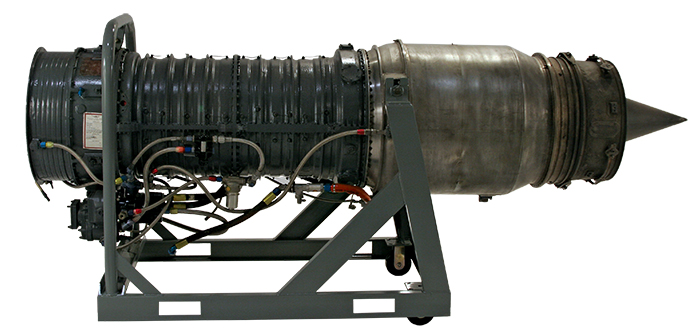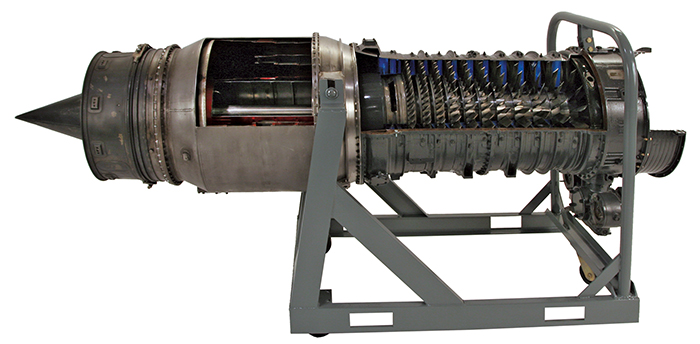

Researcher then attempted to introduce various modifications to improve the performance. Most AWT test programs first determined the engine’s performance and operating range at different altitudes. Researchers operated the engines over a range of altitudes, velocities, and engine speeds. The AWT’s post-war research focused on the improving engine performance at high altitudes and refining components such as the afterburner. They also studied other types of engines, including the turboprop and ramjet. NACA researchers conducted extensive testing of General Electric’s (GE) TG–180 and TG–190 and Westinghouse’s 24C and J40 during this period. For most investigations, the airflow was ducted directly into the engine inlets. The NACA upgraded the Altitude Wind Tunnel (AWT) several times during the 1940s and 1950s to keep up with the increasingly more powerful jet engines. With the end of World War II in the fall of 1945, the laboratory ( renamed the Lewis Flight Propulsion Laboratory in 1948) underwent a major reorganization to focus on the new turbojet and missile technologies. The AWT’s post-war testing and improvement of axial-flow turbojet engines was the facility’s most enduring contribution to the aerospace field.


Home > Glenn Historic Facilities > Altitude Wind Tunnel Post-war Engines Researchers studied the TG-190’s operating characteristics, inlet performance, an experimental fuel, and afterburner configurations n the AWT ().


 0 kommentar(er)
0 kommentar(er)
